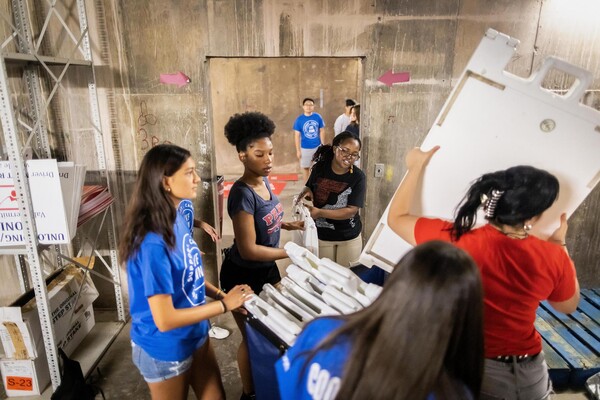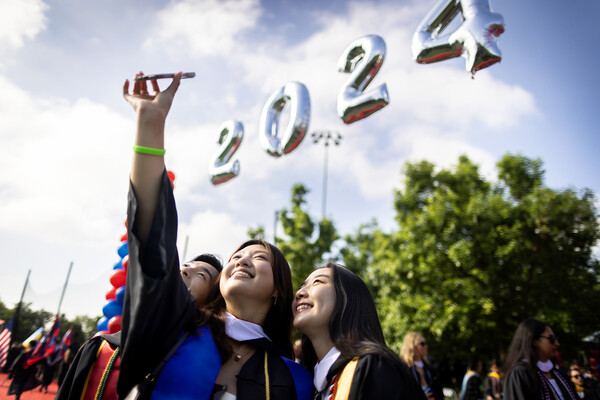“Traveling the Pennsylvania Railroad: The Photographs of William H. Rau”
In the 1890s Philadelphia’s preeminent photographer, William H. Rau, was commissioned to take more than 450 photographs along the routes of the Pennsylvania Railroad in order to promote travel on the railway. Known as “the standard railroad of the world,” the Pennsylvania Railroad was the largest rail system in the East, linking New York and Philadelphia to Pittsburgh and Midwestern industrial centers like Chicago and St. Louis.
Using a mammoth view camera that made 18-by-22-inch glass negatives, Rau produced a spectacular series of images for the railroad’s promotional use. The remarkably detailed and texturally rich albumen prints, on deposit at the Library Company of Philadelphia, display a harmony between the railroad and the natural and industrial landscapes through which the line passed. The collection includes striking views not just of railcars, tracks and stations, but also of cities and towns, bridges, ferry boats, rivers, canals, factories, residences and hotels.
“Traveling the Pennsylvania Railroad,” published in cooperation with The Library Company of Philadelphia, is an oversize volume that reproduces almost 100 of the photographs, carefully selected for their historical and artistic significance, as full-page quadtone plates, capturing the impact of the originals as closely as possible in tones of black and tan. Each photograph is accompanied by a descriptive caption provided by Pennsylvania Railroad expert James J. D. Lynch Jr.
In three essays that complement the photographs, Kenneth Finkel, former curator of prints and photographs at the Library Company, details Rau’s career and early commercial photography; Mary Panzer, former curator of photographs at the National Gallery, places Rau and his Pennsylvania Railroad photographs in the context of the history of American landscape photography; and Harvard historian John R. Stilgoe discusses the advent of railroad advertising photography and its role in shaping perceptions of the American landscape.
—University of Pennsylvania Press








